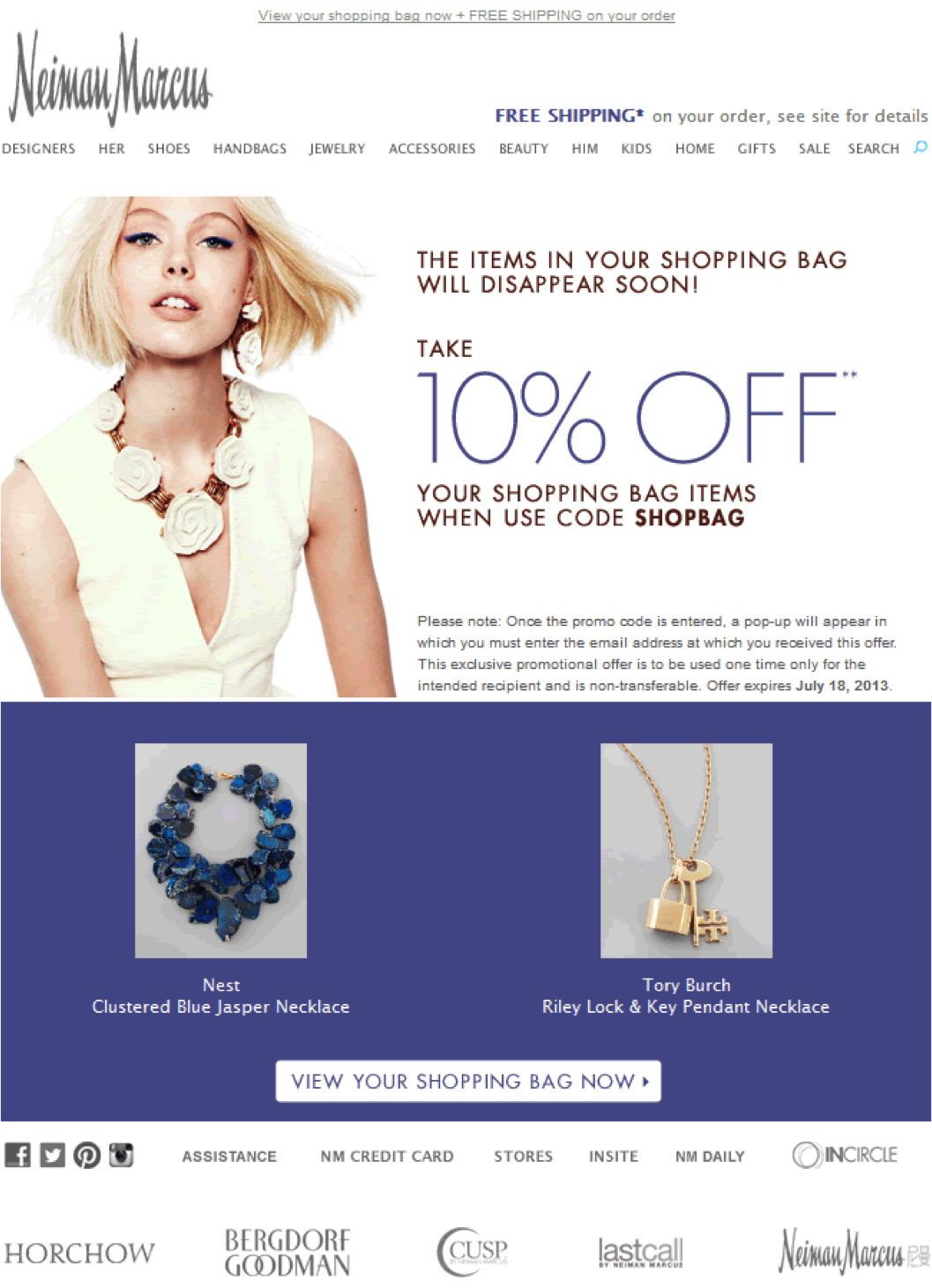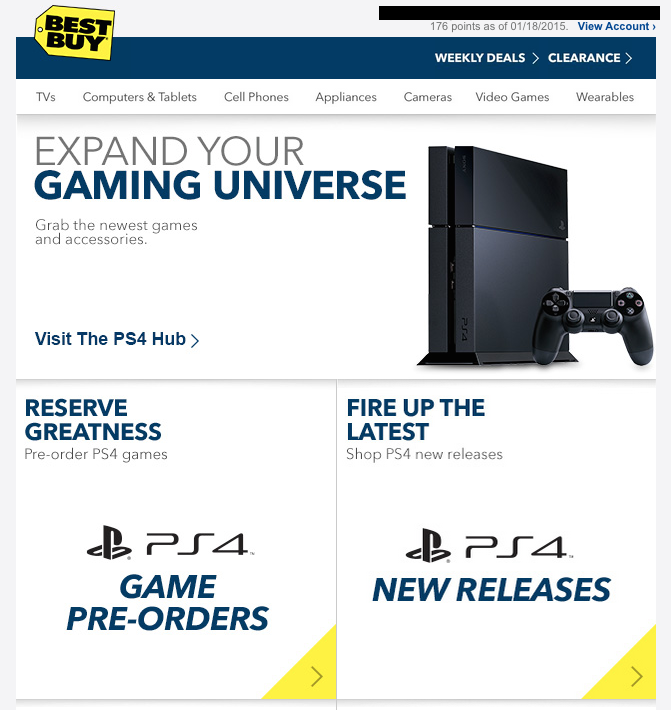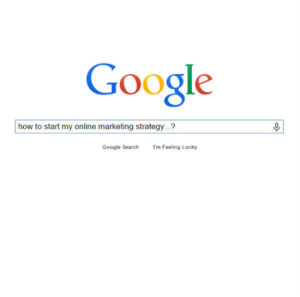Consumers today are inundated with marketing-related stimuli. From display advertising and email newsletters to push notifications and sponsored posts on social media, the average consumer sees nearly 250 marketing messages daily, and probably doesn’t notice half of them despite the exposure (Fluid Drive Media).

With so much information constantly fighting for consumer mindshare, it’s easy to see how any business’s messages could simply get lost in the shuffle. The key to breaking through the clutter is by delivering personalized and relevant communications to consumers. In fact, 90 percent of marketers see individualization as the future of marketing – moving beyond segmentation to true one-to-one personalization in a real-time context (Teradata).
Though achieving this level of individualized marketing may seem daunting, the immense scope of technologies available today makes it entirely possible. Marketers can use the tools at their disposal to understand consumers on a more granular level, and communicate with them as individuals rather than segments. Simply put, businesses must build their marketing programs around customer identity in order to be seen as industry innovators rather than laggards. Let’s take a look at five key statistics that prove brands must personalize their messaging to win the hearts, and wallets, of customers.
73 percent of consumers prefer to do business with brands that use personal information to make their shopping experiences more relevant (Digital Trends).
By letting consumers self-identify using either traditional registration or social authentication, businesses are able to capture valuable first-party identity data that can be used to tailor experiences both online and in-store. Cosmetics brand Lancome provides several ways for users to register with the company, and explains exactly how it will use personal information to deliver relevance and exclusive benefits.

86 percent of consumers say personalization plays a role in their purchasing decisions (Infosys).
Consumers are openly acknowledging the fact that businesses can influence them by delivering relevant messaging and making shopping experiences more personal. Brands that continue to send cookie-cutter marketing correspondences and treat every consumer the same are missing the opportunity to create lasting, valuable customer relationships.
45 percent of online shoppers are more likely to shop on a site that offers personalized recommendations (Invesp).
As a business, if you analyze customers’ on-site browsing habits and social graph data to make tailored product recommendations, you’re creating an experience that fosters brand loyalty. Online clothing retailer ASOS, for example, has a unique “Complete the Look” feature. Once a user adds something to his or her cart, ASOS recommends other products that match with the item. A shopper who originally only wanted a shirt may end up purchasing an entire outfit.

40 percent of consumers buy more from retailers who personalize the shopping experience across channels (Monetate).
Cross-channel personalization revolves around customer identity, and is an incredibly lucrative tactic that can ultimately help businesses increase their bottom lines. Let’s say a customer is shopping online and adds an item to his or her cart. However, the customer gets distracted with something else and never actually checks out. A few hours later, the brand can send the user a mobile-optimized email reminding him or her about the saved items, and even offer a 10 percent discount with a link to easily complete the transaction.

80 percent of consumers like when retailers emails contain recommended products based on previous purchases (Listrak).
Nothing says relevance quite like an email that recommends products based on purchases that have already been made. Consumer electronics retailer Best Buy knows this customer already owns a Playstation 4. The company is leveraging the information to push additional games, accessories, and add-ons. Not only is Best Buy personalizing the messaging, the brand is also reminding the customer about products he or she is probably already interested in.

As marketing channels advance to include connected devices, new social platforms, and even branded mobile apps, it’s obvious that the battle for consumers’ top-of-mind awareness will grow even more competitive. The businesses that can successfully leverage identity data to create individualized experiences will see revenues and customer loyalty increase, while the brands that continue to employ the “spray-and-pray” method of marketing will falter. To learn more about how businesses are using customer identity to personalize experiences, check out our free joint webinar with our integration partner Demandware.
(268)






